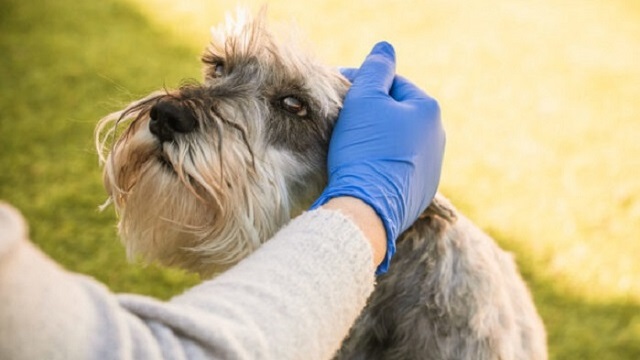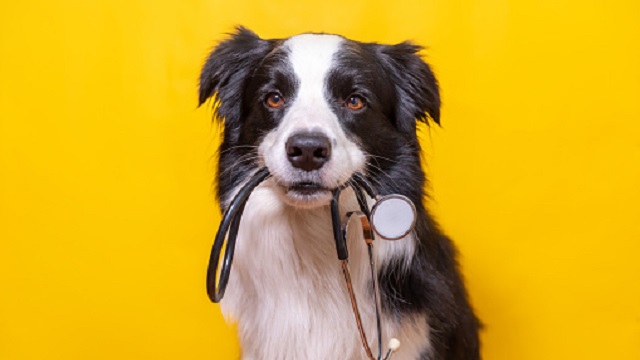Exciting news: Maven will now be able to automatically measure pet respiratory rate! This new feature provides access to more concrete data to help determine the animal’s current state of health, further optimizing our AI and making its analyses even more accurate. The ability to measure cat and dog respiratory rate is a big leap forward for Maven – here’s all about it.
The benefits of automatic respiratory rate measurement
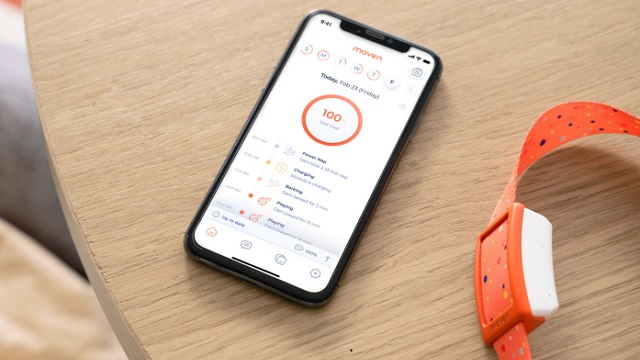
It’s a new feature launch, and it’s a big one! In fact, it has been one of the most requested features from the vet community. We’re happy to announce that Maven can now automatically measure a pet’s resting respiratory rate!
While it was previously possible for parents to register their pet’s respiratory rate via the Maven app, the process was largely manual – and therefore, subject to possible errors.
The introduction of automatic respiratory rate measurement is therefore an important achievement. Not only does the process become much more convenient for pet parents (who don’t have to lift a finger)… But it also provides the vet with more accurate and reliable data.
How will automatic respiratory rate measurement help?
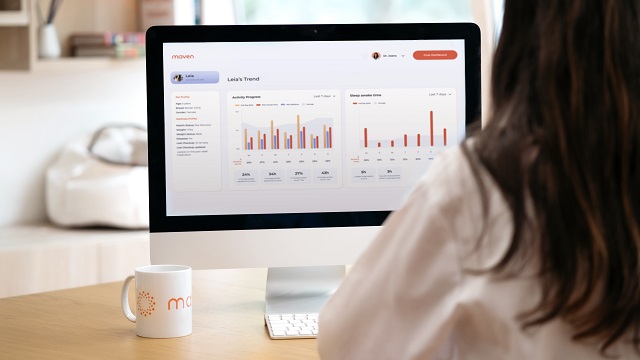
This ability will be particularly useful when dealing with animals suffering from chronic heart or respiratory issues. This feature will allow their breathing to be automatically mapped while they’re at rest, on a daily basis – and any significant deviations (that may require a visit to the clinic for a more in-depth evaluation) to be flagged. In such cases, the AI will generate an alert to let the vet know what’s happening immediately.
These alerts will help the vet identify when there is a possible cardiac or respiratory decompensation – for example, in animals with asthma. They will also be important in post-surgical cases, as an increased respiratory rate is another datapoint that may indicate signs of pain.
What is the respiratory rate and why is it important to measure?
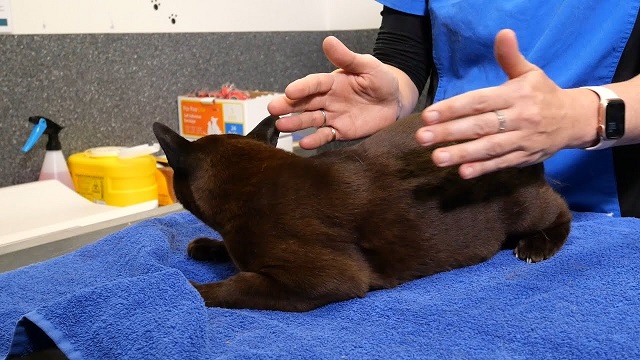
A pet’s respiratory rate refers to the number of breaths they take per minute. It’s usually measured when the animal is at rest, by counting the number of breaths taken during a minute (how many times the chest rises).
Increases in your cat / dog respiratory rate while they’re at rest can be early indicators of heart failure. Therefore, the sooner this is identified, the better – early identification will lead to better outcomes for the pet and reduced treatment costs for the pet parent.
What is a normal resting cat / dog respiratory rate?
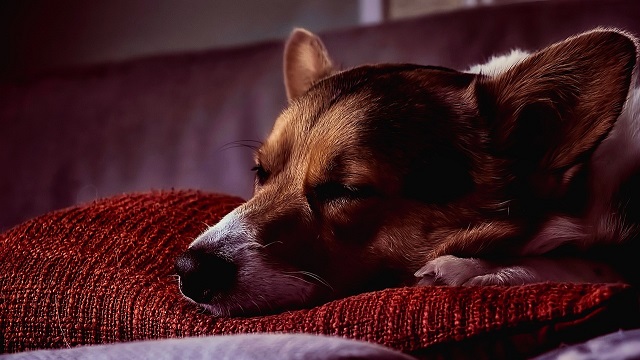
Generally speaking, all dogs and cats have a breathing rate of 15-30 breaths per minute. This is usually the case with or without a heart disease in the equation. Lower respiratory rates are also possible, and as long as the pet is otherwise healthy, present no cause for concern.
It should be noted that breathing rates can get much higher than this reference value. When the animal is hot, stressed or active (for example, running or playing), their respiratory rate increases… And that’s perfectly natural.
What to do if your pet’s breathing rate is higher than normal
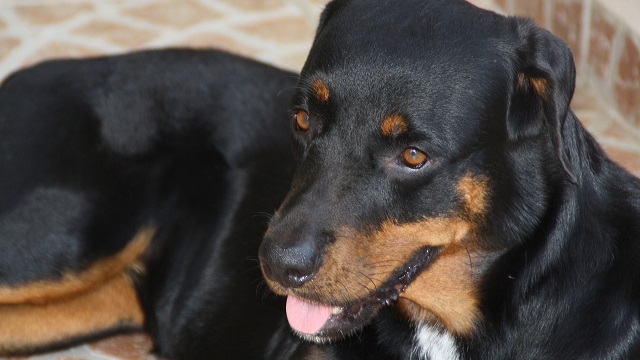
First, count it a few times over the next couple of hours to see if the higher values are consistent. If that’s the case, you should then contact your local veterinarian. They’ll usually recommend you to schedule an appointment in the next couple of days, to have a look at your pet and adjust their medication.
If other clinical signs are observed in addition to the increased breathing rate, the situation may be an emergency. In this case, you should call your local vet right away! If it is after hours, you may need to visit a veterinary emergency center.
Maven Pet focuses on improving the quality of life of our pets with technology. AI-Vet™, the company’s innovative pet care platform, uses artificial intelligence (AI) to enable proactive pet care. By accurately collecting and monitoring pet data and alerting veterinarians of any irregularities, Maven Pet empowers them to stay ahead of potential health issues, ensuring the well-being and longevity of our beloved companions.

